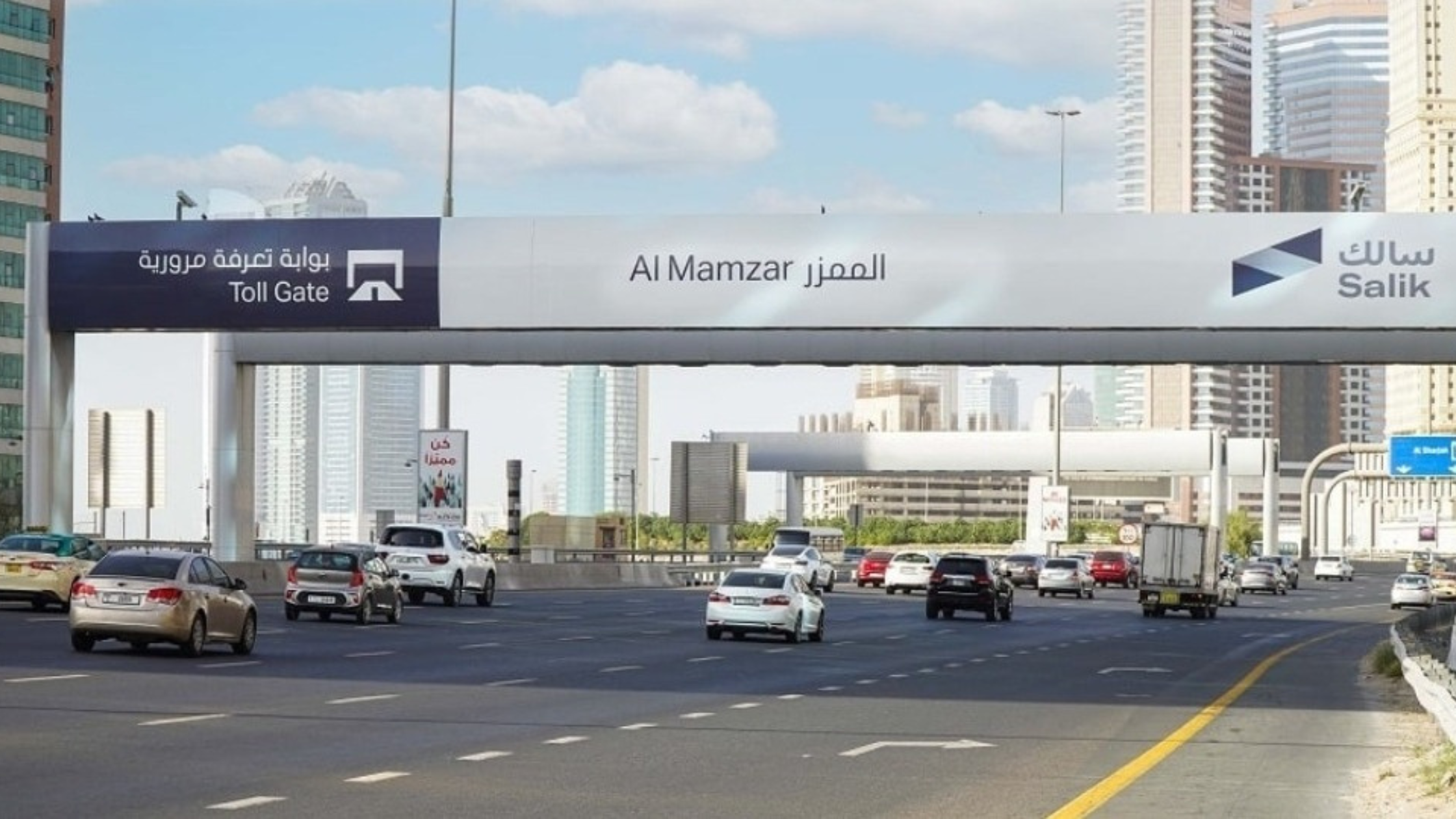As the United Arab Emirates continues to affirm its position as a regional financial powerhouse, the country’s banking sector has exhibited yet another sign of robust economic performance. Recent data released by the Central Bank of the UAE highlights a substantial increase in total bank investments for the month of January 2025. According to the central bank’s latest banking indicators, total investments by UAE-based banks grew by 1 percent on a month-to-month basis, surging by AED7.3 billion to reach an impressive AED742.9 billion by the end of January. The data not only reflects monthly progress but also marks a significant 16.1 percent increase compared to the same period in the previous year. These figures signal both strategic financial positioning and the resilient health of the Emirates’ banking institutions.
Year-on-Year Growth Reflects Long-Term Confidence
The Central Bank’s report underscores that the banking sector’s investment growth is not merely a monthly fluctuation but part of a consistent upward trend. When viewed on an annual basis, the data paints a more compelling picture. January 2025’s total investments of AED742.9 billion represent a 16.1 percent growth compared to January 2024, suggesting that the industry is operating with a sustained level of investor confidence. The year-on-year growth also reflects macroeconomic stability and positive business sentiment across the Emirates.
This level of expansion is particularly notable in a global environment where banking sectors in many regions are facing headwinds due to inflationary pressures, geopolitical tensions, and volatile markets. UAE banks, on the other hand, are demonstrating a forward-thinking approach to capital deployment and are navigating through uncertainties with remarkable agility and prudence.
Debt Securities Continue To Dominate Investment Strategies
One of the most significant highlights from the data is the substantial increase in investments in debt securities. According to the Emirates News Agency, these securities, often representing debt on others, rose to AED332.3 billion by the end of January 2025. This figure reflects a staggering 26.1 percent increase over a 12-month period. The prominence of debt securities in the banks’ portfolios suggests a well-calibrated strategy aimed at balancing risk while maintaining strong returns.
Debt securities have traditionally been viewed as relatively secure instruments in comparison to equities or other volatile investment vehicles. For UAE banks, the strategic prioritization of such instruments signifies a desire for financial security and income stability. It also demonstrates that institutions are gearing their investments toward instruments that offer predictable yields, which is especially vital for liquidity management and regulatory compliance.
The heavy focus on debt securities also aligns with broader global trends where central banks and financial institutions are revisiting fixed-income products amid ongoing interest rate movements. With central banks around the world recalibrating monetary policies, debt securities offer a cushion against market uncertainty and potential downturns.
The Role of Domestic and Regional Market Conditions
The rise in bank investments must also be contextualized within the broader domestic and regional economic environment. Over the past few years, the UAE has taken a range of proactive steps to strengthen its financial ecosystem. Initiatives such as new visa schemes, business reforms, and infrastructure development have collectively enhanced the country’s attractiveness to global investors and entrepreneurs. These factors, in turn, have positively influenced the lending and investment activities of domestic banks.
The geopolitical positioning of the UAE also plays a critical role in this financial upswing. As a trade and logistics hub connecting East and West, the country benefits from a steady flow of commercial activity and foreign capital. This encourages banks to diversify their investments and align their portfolios with both local and global growth trajectories.
Moreover, regulatory frameworks in the UAE have consistently aimed to support a sound financial system. Prudential measures by the Central Bank, combined with technological modernization of banking operations, have enabled institutions to manage risks more efficiently. These conditions contribute to an environment where investment can flourish, even amid international uncertainty.
Banks Embrace Conservative Yet Strategic Investment Approaches While the headline figures portray a significant jump in total investments, a closer analysis suggests that UAE banks are pursuing conservative yet strategic investment choices. This includes channeling capital into fixed-income instruments and diversifying exposure to minimize volatility. Such an approach reflects not only the regulatory landscape but also institutional foresight, especially when confronted with fluctuating global interest rates.
The choice of investment vehicles often reveals a great deal about institutional priorities and market outlook. By expanding their debt securities holdings, UAE banks appear to be signaling cautious optimism. They are evidently preparing for various interest rate scenarios while ensuring that their asset base remains resilient against external shocks.
In addition, investments in government securities, sukuk, and high-rated corporate bonds are likely contributors to the overall growth. These categories align well with Islamic finance principles and also offer risk-adjusted returns that appeal to a broad range of institutional and retail investors. The composition of these investments is expected to evolve further as banks recalibrate their strategies in response to global financial developments.
Potential Implications for Credit and Lending Growth
One of the direct consequences of such investment expansion is its potential spillover effect into the credit and lending ecosystem. As banks accumulate more investments, especially in secure instruments, their balance sheets become stronger, allowing for increased lending capacity. This could be particularly important in the UAE’s current phase of economic diversification, where sectors like renewable energy, logistics, healthcare, and technology are hungry for capital.
A healthy investment pipeline also suggests that banks may enjoy improved liquidity positions, enabling them to offer competitive lending rates and expand their product portfolios. Consequently, small and medium-sized enterprises (SMEs), which are crucial to the UAE’s vision for a post-oil economy, may find greater access to financing opportunities.
Furthermore, sustained investment activity can boost investor and consumer confidence alike, potentially triggering a positive feedback loop of economic activity, employment generation, and capital formation. All these dynamics are essential as the UAE continues its journey toward becoming a global economic powerhouse.
Technological Innovations Supporting Investment Strategy
The integration of advanced financial technologies within UAE banks is another important factor contributing to their growing investment prowess. Digital banking platforms, real-time data analytics, and AI-driven investment tools are increasingly shaping how institutions manage portfolios and assess risks. These innovations not only streamline operations but also enable banks to react swiftly to market signals.
Technology has also allowed banks to engage in more complex asset allocation models, dynamic risk management strategies, and real-time compliance monitoring. These capabilities are crucial when managing large-scale investment portfolios that span across geographies and asset classes.
With the UAE banking sector embracing fintech collaborations and establishing innovation labs, the role of technology is expected to grow even more central in the coming years. Such developments reinforce the argument that the recent rise in investments is not just a cyclical phenomenon but part of a long-term structural shift toward technologically enabled financial growth.
Foreign Investment Climate and Regional Influence
Another relevant aspect of UAE banks’ growing investment is the inflow and influence of foreign capital. As one of the most open economies in the region, the UAE continues to attract foreign direct investment (FDI), institutional investors, and multinational financial institutions. These entities often seek partnerships with local banks or channel funds through UAE-based institutions, thereby contributing to higher overall investments.
The strong performance of UAE banks can serve as a signal to international investors that the region is ripe with opportunity and financial security. As the geopolitical climate in other regions remains uncertain, the Middle East, and the UAE in particular, is emerging as a safe haven for global capital. The cumulative impact of these dynamics is evident in the upward trajectory of bank investments, which appear to reflect both domestic confidence and international validation.
Additionally, banks in the UAE often play a key role in cross-border transactions and regional infrastructure projects. Their growing investment capacities make them better positioned to support such ventures, further entrenching their role as financial anchors in the Middle East and North Africa (MENA) region.
Regulatory Oversight Ensures Stability Amid Growth
The UAE’s Central Bank continues to act as a vigilant overseer, ensuring that the banking sector’s investment growth aligns with broader macroeconomic objectives. The consistency in reporting, as evidenced by the monthly and annual updates, reflects a high level of transparency and accountability. Such oversight provides reassurance to stakeholders, from investors to depositors, that the sector’s expansion is underpinned by sound governance and strategic foresight.
Capital adequacy ratios, liquidity requirements, and stress-testing protocols are just some of the tools employed to monitor the sector’s health. In parallel, regulatory encouragement of digital transformation and ESG-compliant investments points to a balanced approach—one that values innovation while remaining firmly rooted in financial discipline.
With the Central Bank’s ongoing initiatives to enhance risk management frameworks, the growth in bank investments appears well-supported and structured for long-term sustainability. This synergy between institutional performance and regulatory oversight remains a cornerstone of the UAE’s financial system.








